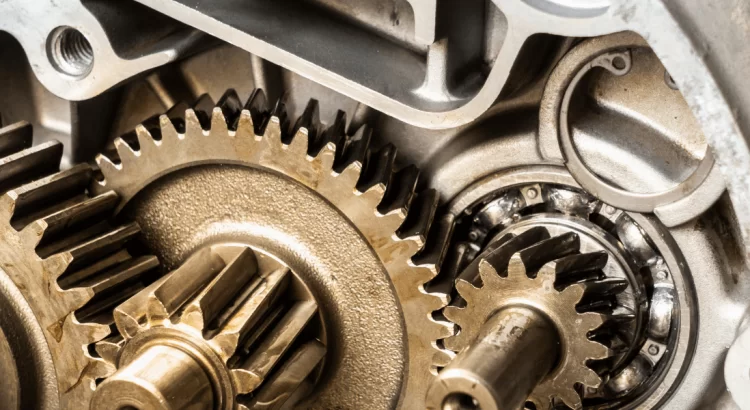Mobile:+86-311-808-126-83
Email:info@ydcastings.com
English
wax mold casting
Wax Mold Casting A Time-Honored Technique in Metalworking
Wax mold casting, also known as lost-wax casting, is a centuries-old method that has stood the test of time for producing intricate metal objects. This technique has been utilized since ancient times and remains a preferred choice for artisans and manufacturers today due to its ability to create highly detailed and complex shapes.
The process begins with the creation of a model, typically made of wax. The artist sculpts the desired object in wax, paying close attention to detail. Once the wax model is completed, it is covered with a heat-resistant material to create a mold. This initial mold captures every fine detail of the wax model, which is crucial for achieving a precise final product.
After the mold is formed, the wax is melted and drained away, leaving a hollow cavity. This is where the term “lost-wax” originates; the wax model is lost in the process. The resulting mold is then heated to eliminate any residual wax and to prepare it for the metal casting. This step is critical, as it ensures that the mold can withstand the high temperatures of molten metal, which can range from 1300 to 1700 degrees Fahrenheit, depending on the type of metal being used.
wax mold casting

Next, molten metal is poured into the mold. This can be done using various metals such as gold, silver, bronze, or aluminum, depending on the specific requirements of the project. The metal fills the cavity left by the wax, taking on the detailed features of the original model. Once the metal cools and solidifies, the mold is carefully broken away to reveal the cast object.
One of the most significant advantages of wax mold casting is its precision
. The technique allows for incredible detail and complexity, making it ideal for artistic sculptures, jewelry, aerospace components, and even medical devices. It is particularly favored in the field of sculpture for replicating fine details that would be difficult or impossible to achieve using other casting methods.Moreover, wax mold casting is also economically advantageous for small production runs. It allows artisans to create several copies of the same object without needing to carve multiple molds, thus saving time and resources. This scalability appeals to both individual artists and larger manufacturing operations.
In conclusion, wax mold casting is a versatile and efficient technique that bridges ancient craftsmanship with modern manufacturing. Its ability to produce intricate designs and replicate fine details makes it a valuable method in various industries, from art to engineering. As technology continues to evolve, the underlying principles of wax mold casting remain relevant, proving that sometimes the old ways are still the best ways. Whether for a unique piece of art or a functional component, this time-honored technique will continue to play a vital role in the world of metalworking.
-
Materials Used in Manufacturing Cap End Pipe FittingsNewsNov.24,2025
-
Material Properties of CF8M CastingNewsNov.24,2025
-
How to Inspect Pump Cap Ends for DamageNewsNov.21,2025
-
Backward Curved Impeller – Efficient Airflow Solutions for Industry | YD CastingsNewsNov.21,2025
-
Automobile Water Pump - Efficient, Quiet, Durable & ElectricNewsNov.21,2025
-
Impeller for Pumps – High-Efficiency, Durable, OEM-ReadyNewsNov.21,2025











